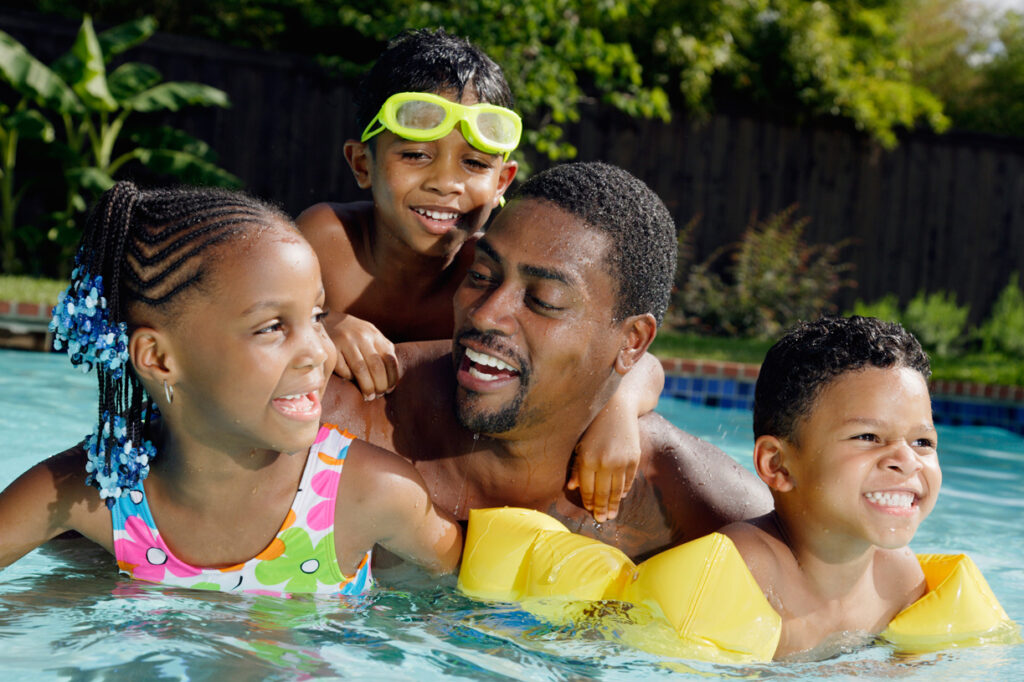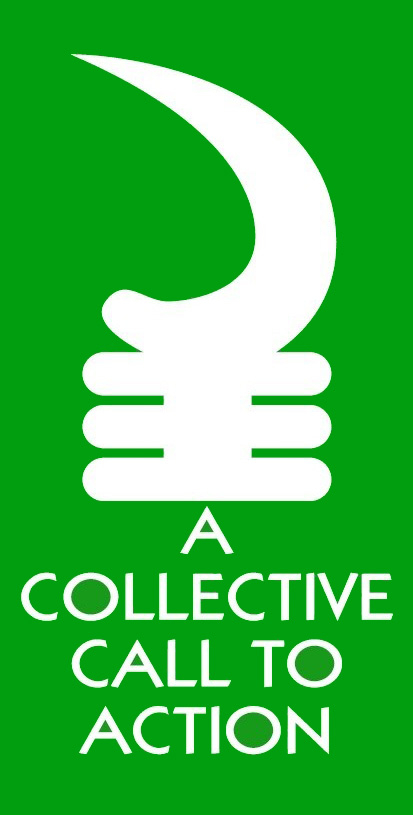Get smart this summer, Think, Don’t Drink!
Don’t let peer pressure slow you down, read below to find a bunch of things you can do this summer that don’t involve drinking.
- Take a hike, bike ride, or walk together—just maintain distance
- Play cornhole, frisbee golf, or putt-putt with a friend
- Hammocking is a big trend among teens. They can still hang out and hammock in the same area together, just make sure it’s one person to a hammock
- Grab a pole and go fishing with a friend
- Try canoeing, kayaking, or paddle boarding (always with another person)
- Set up an inexpensive kiddie pool in the backyard for each friend invited, and have guests bring over their own popsicle and lemonade
- Go skateboarding, go-karting, or paintballing
- Start a weekly running club
- B-Y-O-B – Bring Your Own Basketball and play H-O-R-S-E or 21—apart, but together
- Volunteer with a friend—do some yardwork or go shopping for an elderly neighbor
- Meet up with friends for a picnic at the park—just bring your own blanket and food


- Go old school with traditional yard games like horseshoes, badminton, or croquet—just use separate mallets, racquets, and horseshoes
- Get creative by painting, pressing flowers, or sculpting with clay
- Find a good-old-fashioned pen pal
- Better yet, try creating an “Ongoing Story” with friends—get an inexpensive journal, write how much or little you want to get the story started, then leave it on a friend’s doorstep with instructions to keep it going (and on and on). Or, go virtual and tell the story in an online format like a shared Google doc.
- Have an online cupcake decorating contest—post photos and ask for votes
- Create fun TikTok videos
- While in-person escape rooms may be temporarily closed, virtual escape rooms like Hogwarts Digital Escape Room and Jumanji: Escape to Camp just might be calling your name

Summer fun for youth typically includes packed pools, backyard camping, fairs and festivals, sporting events, and lazy days spent simply hanging out—with their friends. This summer is unfortunately going to look and feel different for them and for us. Depending on where you live and the personal choices you’re making for your family, you and your children may fully be experiencing a shelter-in-place lifestyle, or you may be starting to reengage in slightly closer social interactions.
There is still a great deal of uncertainty, and differing opinions on how best to move forward, taking into account the physical and mental health wellness of ourselves, our children, and extended family members. There is no question however that our tweens and teens want and need social interaction, whether that means virtual hangouts with family and friends or getting together while staying six feet apart.
This summer is going to look and feel different for our children, but it need not be wasted. There are plenty of opportunities and a variety of ways for them to get outside, get active, have fun, soak up the summer sun and fresh air, and yes, even enjoy time spent with friends!
Peer pressure is the influence you feel from others to do something you otherwise would not. A peer could be a friend, co-worker, classmate, acquaintance or anyone you admire.
Peer pressure may occur directly or indirectly. Direct pressure involves peers explicitly asking you to do something. Indirect pressure happens when you witness others engaging in an activity and are motivated to do the same.

Peer Pressure Can Lead to Alcohol Use

It could occur in a workplace, school or via social media. Social media and alcohol use have become intertwined over the years. A report by the National Center on Addiction and Substance Abuse at Columbia University found 75 percent of surveyed teens feel encouraged to drink after seeing photographs of peers partying on social media.
Peer pressure can be positive or negative. Positive peer pressure could motivate individuals to exercise, display integrity and avoid drugs or alcohol.
Common activities associated with negative peer pressure are:
- Consuming drugs or alcohol
- Stealing
- Cheating
- Gossiping
- Other risky behaviors
Peer pressure can lead to alcohol abuse. It helps diminish a gene that prevents people from developing alcohol problems, per a study published in Alcoholism: Clinical and Experimental Research. Saying no can protect individuals from a host of consequences.
Single-Parent Households and Blended Families
Children from single-parent households or blended families are especially vulnerable, according to a University of Wisconsin study.
The report, which evaluated nearly 7,000 children aged 12 to 17, found that children who grew up in a household with both natural parents were less susceptible to pressure from friends. Children raised by a natural parent and a stepparent were just as likely to give in to peer pressure as those in single-parent homes.
Brett Laursen, a professor of psychology at Florida Atlantic University, says children with few friends are likely to be swayed by peer pressure. He says boys generally want to impress groups while girls aim to impress particular individuals.

How to Avoid Peer Pressure
People should never be pressured to drink alcohol against their own wishes and judgment. Giving in to temptation can be dangerous for teens and adults. Knowing how to turn down a drink is invaluable.
Ways to Say No
There are a number of ways to say no to alcohol:
- Simply say “no thank you.”
- Change the topic.
- Suggest a different activity.
- Enlist friends for support.
- Leave the situation.
You could also say you don’t drink. It’s simple, to the point and truthful.
When turning down a drink, be confident. You can build confidence by rehearsing what to say in these situations. Practicing your responses in advance allows you to critique your approach and change your phrasing.
To avoid feeling pressured to drink, attend activities that don’t involve alcohol. These settings could include coffeehouses, movie theaters, malls, fitness centers or your home.
Consequences of Saying Yes
Each day, crowds of people succumb to peer pressure. However, doing so can lead to a number of problems.
Why Do People Say Yes?
People give in to peer pressure for a number of reasons:
- They want to be liked.
- They want to fit in and avoid feeling like an “outsider.”
- They want to avoid ridicule.
- They want to be rebellious.
- They are trying to escape the pressures of school or work.
- They are interested in trying something new.
Individuals are more likely to give into peer pressure in social settings and are more likely to drink if those around them are. When attending social settings alone, a person’s odds of drinking increase.
Consistently giving in to peer pressure can lead to frequent alcohol consumption. This could lead to alcohol abuse problems.
In very small amounts, alcohol can help a person feel more relaxed or less anxious. More alcohol causes greater changes in the brain, resulting in intoxication. People who have overused alcohol may stagger, lose their coordination, and slur their speech. They will probably be confused and disoriented. Depending on the person, intoxication can make someone very friendly and talkative or very aggressive and angry. Reaction times are slowed dramatically — which is why people are told not to drink and drive. People who are intoxicated may think they’re moving properly when they’re not. They may act totally out of character.

Peer pressure is an epidemic among young people. In 2014, nearly 60 percent of full-time college students had drunk alcohol in the past month. Many students drink at bars or house parties, where peer pressure is common.
When large amounts of alcohol are consumed in a short period of time, alcohol poisoning can result. Alcohol poisoning is exactly what it sounds like — the body has become poisoned by large amounts of alcohol. Violent vomiting is usually the first symptom of alcohol poisoning. Extreme sleepiness, unconsciousness, difficulty breathing, dangerously low blood sugar, seizures, and even death may result.

